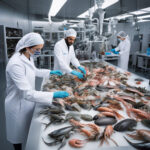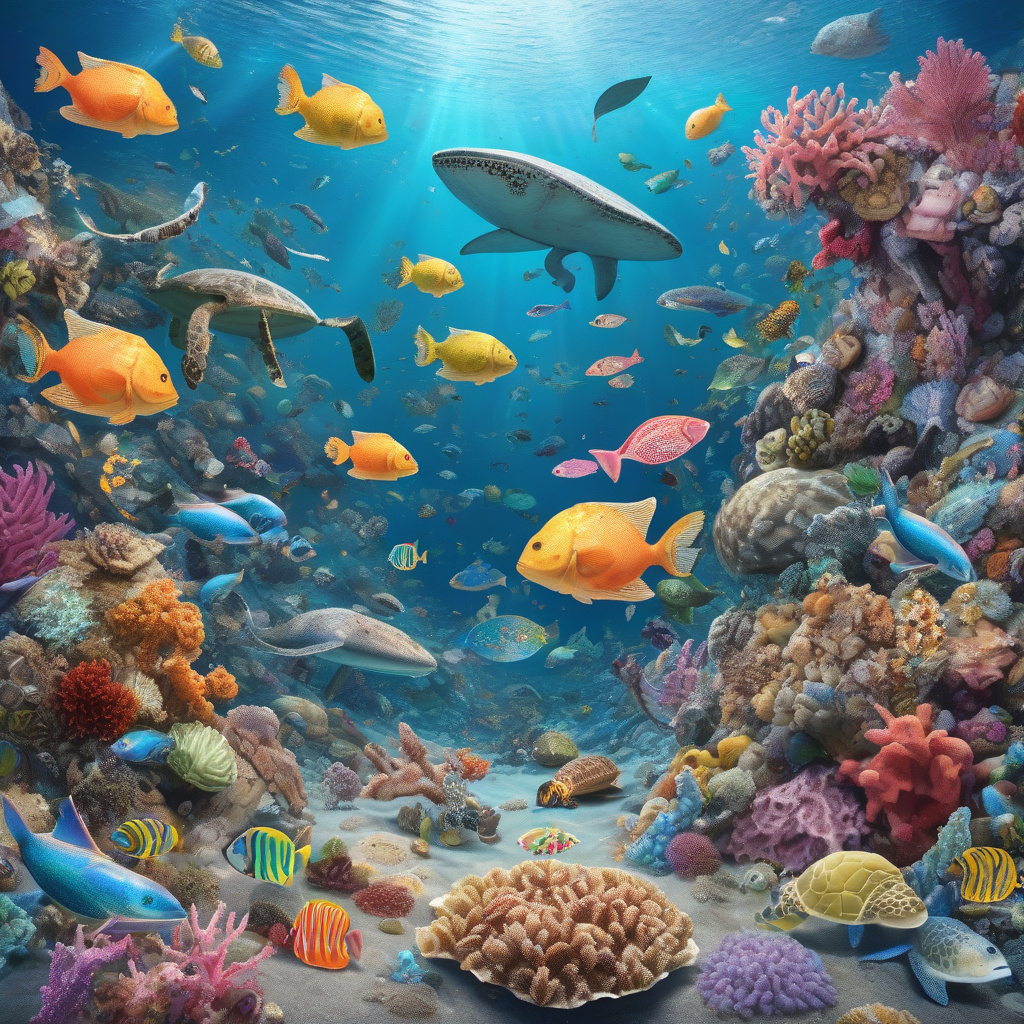Glitter Microplastic Pollution: A Looming Threat to Marine Ecosystems
A recent study conducted by Trinity College Dublin has shed light on a concerning environmental issue – the detrimental impact of glitter microplastic pollution on marine ecosystems. The research findings reveal the alarming contribution of PET-based glitter to the ever-growing microplastic pollution crisis, posing a significant threat to the delicate balance of marine life.
Microplastics, tiny plastic particles less than five millimeters in size, have become a pervasive environmental concern due to their widespread presence in oceans, rivers, and marine habitats. These minute plastic fragments are often overlooked but have a profound impact on marine organisms, ecosystems, and ultimately, human health.
The allure of glitter, with its shimmering and reflective properties, has made it a popular choice in various consumer products ranging from cosmetics to festive decorations. However, what many fail to realize is that traditional glitter is predominantly made from polyethylene terephthalate (PET), a type of plastic that does not biodegrade easily and breaks down into harmful microplastics over time.
When glitter-laden products are washed down the drain or discarded improperly, these PET-based particles find their way into water bodies, where they persist for years, posing a serious threat to marine life. Once in the marine environment, microplastics like glitter are ingested by a wide range of organisms, from plankton to fish, causing internal damage, blocking digestive systems, and bioaccumulating harmful toxins up the food chain.
The consequences of glitter microplastic pollution extend beyond individual organisms to entire marine ecosystems. As microplastics accumulate in sediments, coastlines, and open waters, they disrupt vital ecological processes, such as nutrient cycling, oxygen levels, and biodiversity. The long-term effects of this pollution can be devastating, leading to ecosystem degradation, habitat loss, and compromised food security for coastal communities dependent on marine resources.
Efforts to address the issue of glitter microplastic pollution require a multi-faceted approach involving research, innovation, regulation, and consumer awareness. Trinity College Dublin’s study highlights the urgent need for sustainable alternatives to conventional glitter, such as biodegradable plant-based glitter or innovative eco-friendly materials that offer the same visual appeal without the environmental harm.
In addition to promoting eco-conscious glitter products, stakeholders across industries must prioritize waste management practices, invest in wastewater treatment technologies, and support policies that restrict the use of harmful microplastics in consumer goods. By collectively taking action to reduce glitter microplastic pollution, we can safeguard marine ecosystems, preserve biodiversity, and secure a healthier future for our planet.
As we confront the sobering reality of glitter’s hidden environmental cost, let us choose glitter that sparkles with sustainability, not synthetic harm. Together, we can make a glittering difference in protecting our oceans and ensuring a cleaner, safer world for generations to come.
#GlitterPollution #Microplastics #MarineEcosystems #EnvironmentalImpact #SustainableSolutions












